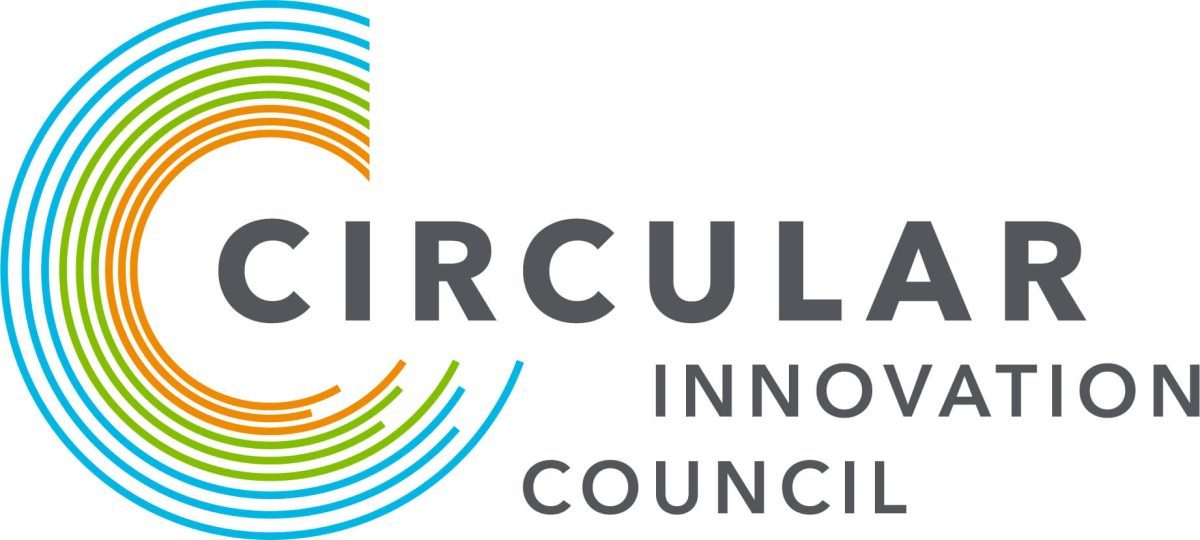
Public procurement and public policy interests of governments should be linked. Procurement functions as the safeguard of trust between taxpayer interest and government spending. It manages the public purse with a determined focus on high value and low risk. Unfortunately, in this context, value is usually defined by the lowest purchase price. This traditional transactional approach stifles innovation and is stuck in reverse.
Canadian governments collectively spend upward of $200 billion annually on goods and services. Eighty percent of that is dispersed at the municipal level. At the same time, more than 500 of those municipalities have declared a climate emergency. Simply connecting the immense leverage governments have through procurement to drive environmental and social outcomes in a circular economy is an opportunity that must be prioritized.
The link between purchasing and climate protection has largely been untapped. The criteria used in public procurement confines vendors to product and service specifications. Instead, it should focus on valued outcomes.
We must shift procurement requirements to align with key circular economy principles by considering simultaneous environmental and social outcomes to support climate-forward markets and progressive vendors. Circular procurement also focuses on the function of a product rather than its utility. And, by using circular economic business models – access over ownership and product as a service – it can:
Circular business models also provide an opportunity to facilitate partnerships between large vendors and small- to medium-sized enterprises to support ongoing service requirements. And, by forgoing ownership, suppliers retain incentive to offer durable products that are designed to be reused and recovered.
Many living examples of circular procurement in action were presented at the 2021 Circular Procurement Summit. The summit showed movement away from transactional and toward transformational procurement. It also showed that circular procurement is becoming central to progressive governments.
Embedding circular procurement requires patience and thoughtful leadership. Buy-in does not occur in a vacuum. However, once key government functions and suppliers understand the benefits, we will all wonder why the shift did not happen sooner.
For more information on circular business models, visit CircularProcurement.ca.
We respectfully acknowledge that we live, work and play on the traditional territory of many Indigenous Nations and we humbly extend our respect to Indigenous individuals, communities and Elders, past and present, as the traditional custodians of this land.
Circular Innovation Council is a registered charity.
Charity Registration Number: 119112118 RR 0001